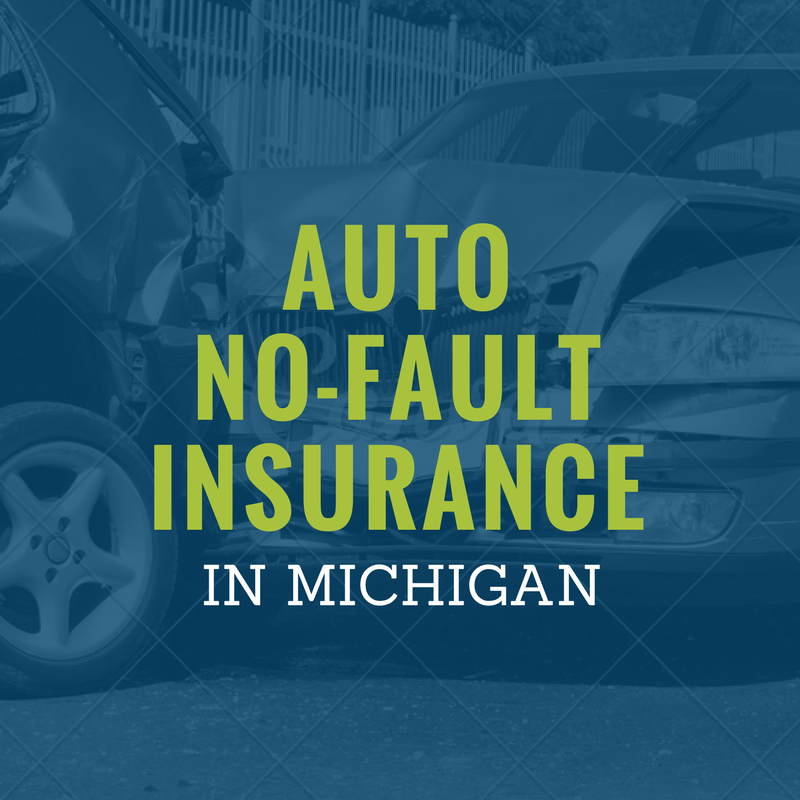Definition Of No Fault Auto Insurance

What Is No Fault Auto Insurance?
No fault auto insurance is a type of car insurance policy that allows a person to collect compensation for medical expenses and other damages after a car accident regardless of who is at fault for the accident. This type of car insurance is used in certain states and is sometimes referred to as “personal injury protection” or “PIP” insurance. In a no-fault state, a person can file a claim against their own auto insurance policy after an accident. The claim is typically paid out by the insurance company without the need to determine who was at fault for the accident.
How Does No Fault Auto Insurance Work?
No fault auto insurance works differently than traditional liability insurance. In states that have adopted a no-fault system, each driver’s auto insurance policy covers their own medical expenses and other damages after an accident, regardless of who was at fault. This type of coverage is often limited to a certain dollar amount and only covers medical expenses, lost wages, and other damages that are related to the accident. It does not cover the cost of repairs to the vehicles involved.
What Are the Benefits of No Fault Auto Insurance?
No fault auto insurance can provide several benefits to drivers, including faster processing of claims, quicker access to compensation for medical expenses and other damages, and fewer disputes over who was at fault for an accident. In addition, no fault auto insurance can help reduce the cost of car insurance, since there is no need to determine who was at fault for an accident. This can provide a cost savings for drivers who are involved in an accident, since they can file a claim against their own policy rather than having to pay out of pocket for medical expenses and other damages.
What Are the Downsides of No Fault Auto Insurance?
Although no fault auto insurance can provide several benefits, there are some downsides as well. For example, drivers in a no-fault state may not be able to sue the other driver for damages that exceed the coverage limits on their policy. This can be a problem if the other driver does not carry enough insurance to cover the full amount of damages. In addition, no fault auto insurance does not cover repairs to vehicles, which can be costly after an accident.
Do All States Have No Fault Auto Insurance?
No, not all states have no fault auto insurance. Currently, 12 states have adopted a no-fault system, including Florida, Michigan, and New York. The other states use traditional liability insurance, which means that drivers must file a claim against the other driver’s insurance policy if they want to be compensated for medical expenses and other damages after an accident.
How Can I Find Out More About No Fault Auto Insurance?
If you would like to find out more about no fault auto insurance, you should contact your auto insurance provider. They can provide you with information about the specifics of the no fault system in your state and can answer any questions you may have about how it works. It is also a good idea to do some research online and read up on no fault auto insurance in your state, as this can help you understand the system better and make informed decisions about your auto insurance coverage.
No Fault Insurance | Best rates in Your State | Ogletree Financial

What is No Fault Insurance & How Does It Work?

What No-Fault Insurance Means for a Car Accident

auto-no-fault – MiCare Matters

non-fault accidents - Non Fault Car Accidents
